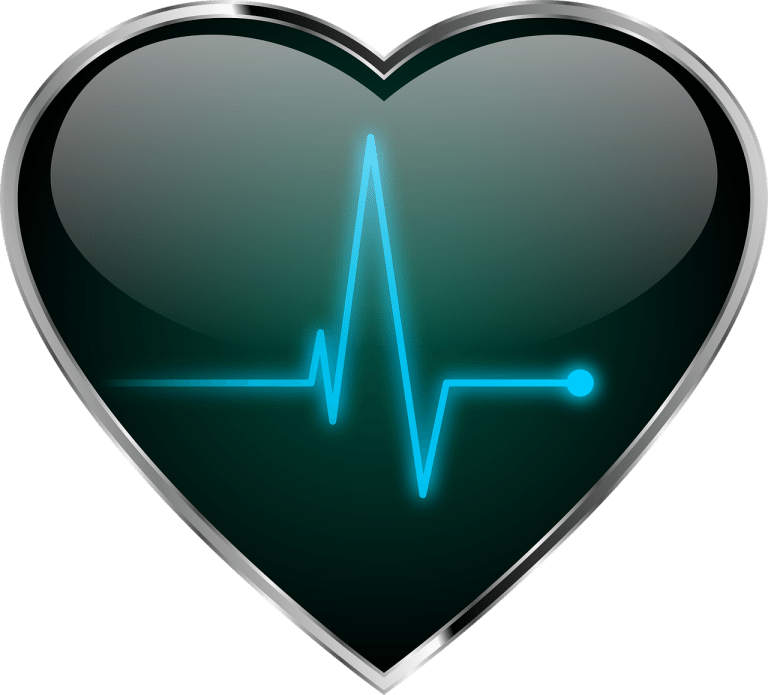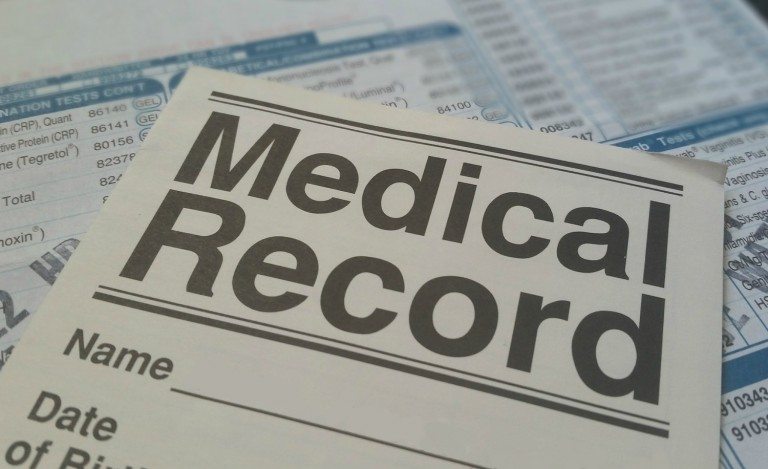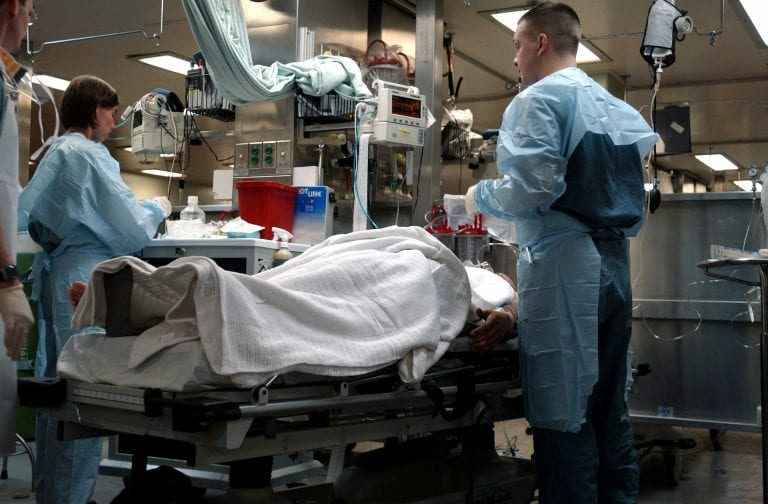Catastrophic Injury: Finding the Hidden Gems of Damages
An Advanced Practice Certified Legal Nurse Consultant Can Help

Are you spending time doing what you like to do? Or are you knee-deep in paperwork reviewing an accident case?
Catastrophic injury cases are multifactorial in nature. The types of injuries involved are life-altering for victims and families. The medical records can be voluminous, and reviewing them can be a daunting task for a busy attorney. Would you be able to read between the lines in the medical record and see what the hidden damages are? Is there anything you are missing? Could you be overlooking a component of injury that is not seen in photos but is hidden in the progress notes in the medical record? Does the treatment measure up to the diagnosis for the type of injury?
An Advanced Practice Certified Legal Nurse Consultant can do just that. We have a deep understanding of physiology and pharmacology. We have an exclusive ability to review and clarify the medical data concerning the victims of catastrophic accidents. More importantly, we can explain the physiological derangement (alterations) that underlie the obvious injury. Hence, the hidden gems.
Spinal cord injuries are one type of multifactorial injury that occurs frequently in catastrophic accident cases. Injuries to the spinal cord vary from complete transection to partial tears in the cord and surrounding tissues. Paralysis following injury can be complete or partial, usually following a period of spinal shock. The area of the cord affected by the injury will tell the tale of what the prognosis will be and what derangements may follow. Crush injuries often accompany spinal cord injury and follow a sequela of chronic pain, sometimes resulting in a severe pain syndrome called Reflex Sympathetic Dystrophy. Victims with these types of injuries are faced with long-term pain syndromes and multiple surgical procedures. Damages can be extensive.
Elderly and co-existing disease states further complicate a traumatic injury case. Many elderly individuals involved in catastrophic injury cases have pre-existing heart conditions. Was the patient diagnosed with a heart attack? Did it cause the accident, did it occur after, and/or was it most likely due to the stress of the accident? Cardiac enzymes are a type of lab study that is drawn to indicate whether a heart attack has occurred. They elevate over a period of time. Some of these enzymes also mimic skeletal muscle damage instead of heart damage. Understanding how these enzymes elevate and which are indicative of heart muscle is central to understanding exactly when the heart attack occurred. In addition, some victims of accidents have comorbidities (other medical conditions) such as Diabetes. Will diabetes complicate the injury recovery? What impact will A1-C levels have on tissue trauma? Traumatic injuries are frequently followed by infection. The risk for infection increases in diabetic patients. High glucose levels cause an increase in tissue acidosis, which sets up a perfect storm for infection. Acidosis and infection create a whole host of metabolic derangements. These derangements and the treatments for such are all reflected in lab work, clinical studies, and physician orders and directly affect the outcome of a victim’s injuries.
Can the same principles be applied to the person(s) responsible for the accident? Should they have been driving the heavy equipment with elevated blood glucose? How tightly was their blood glucose under control? Did the accident occur in the early morning hours? For example, the Somogyi phenomenon is a condition that occurs in diabetics in which there are wide swings in blood glucose levels in the middle of the night and early morning hours. Persons operating heavy equipment should be responsible for checking blood glucose levels frequently, especially if diagnosed with the Somogyi phenomenon. Will these factors affect the amount of damages in the case at hand?
Was your client under the influence of an illegal substance? Are you sure the tests are accurate? Are there certain over-the-counter drugs that produce false positive drug tests? For example, an individual who takes multiple dosages of a common over-the-counter medication called Advil for pain will test positive for marijuana and /or barbiturate, even though they have never used marijuana or barbiturates. Persons who use Vicks inhalers for a cold can test positive for amphetamines. Persons who ingest any type of poppy seed (poppy seed bagel, poppy seed dressing) can test positive for opioid (narcotic) use. Unrecognized triggers in the medical record for potential false positives could be detrimental to your case.
An Advanced Practice Legal Nurse can help clarify the medical records to help you identify the important aspects of the case and avoid the pitfall of missing vital information hidden in volumes of medical records. Save time and money… give us a chance to relieve the pressure of your caseload and begin to enjoy life again.
Do you have a catastrophic injury case? Would you like some help deciphering and organizing the medical data? If so please contact Clear Choice Medical Legal Consultants at clearchoicemlc.com





